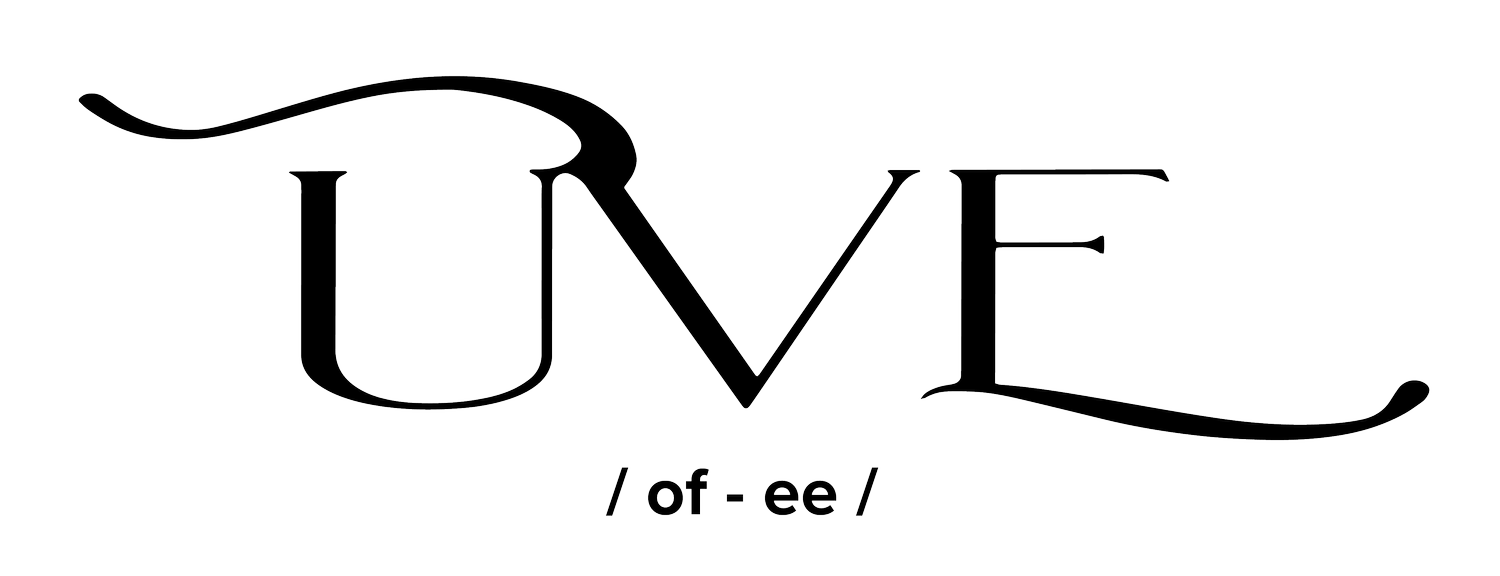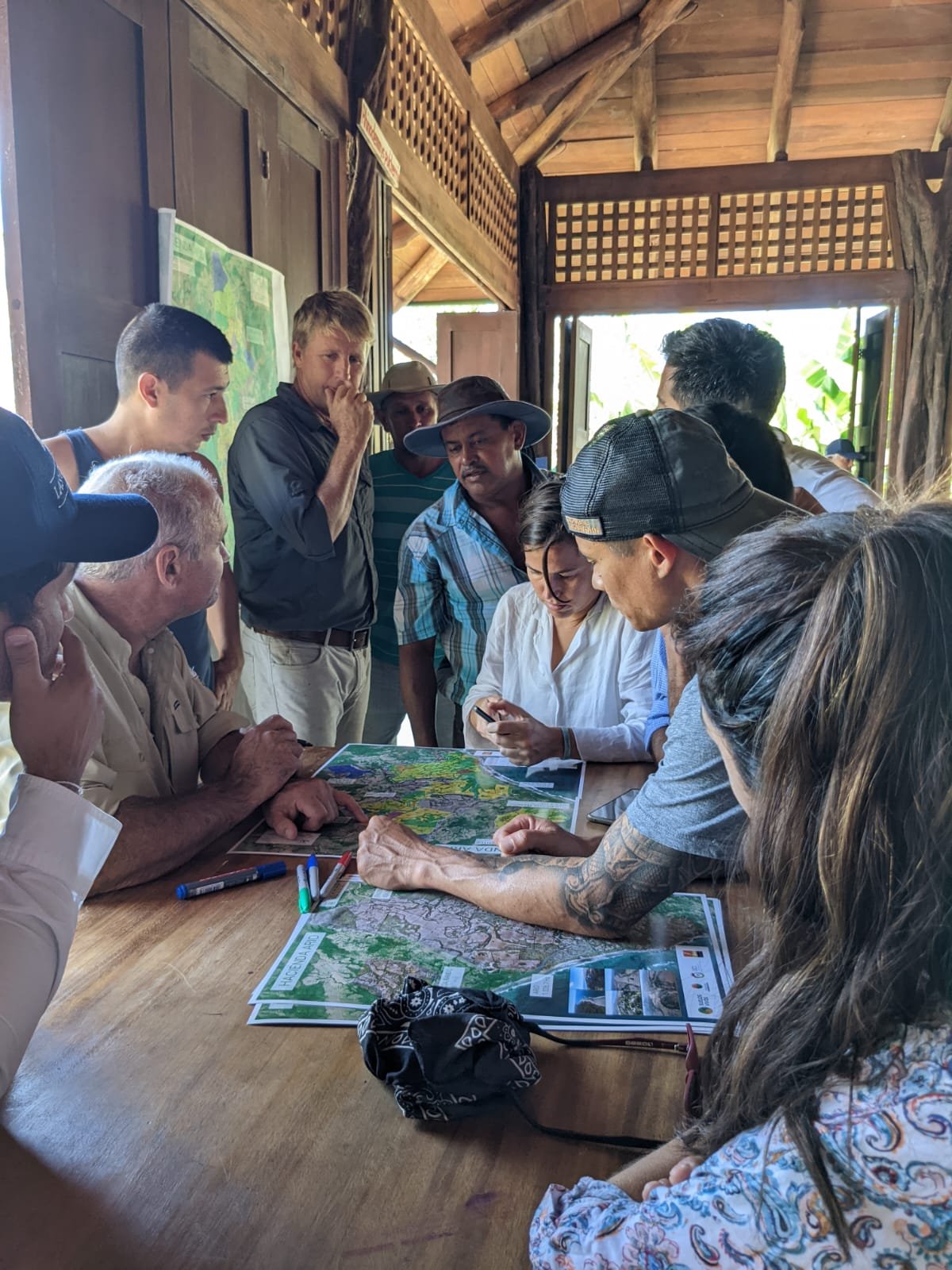The Work of Boundary Walkers
Dear Friends,
Since publishing Lessons for Network Leadership and Practice: Insights from a Five-year Study of the Savory Global Network with my friend and colleague Lee Frankel-Goldwater, I haven't spent enough time with people who do the work of nurturing networks. Whenever I do get the opportunity, I feel a sense of relief.
Ah! They understand what I do. We can talk easily. I can take refuge in their experiences and lessons.
When I met Odin Zackman, founder of Dig In, through a childhood friend of mine who is working on community projects to help rebuild Greenville, California (where I graduated from high school, as did my father, grandfather, and great-grandfather), I knew he was a boundary walker.
This is the term Lee taught me for network weavers, facilitators, holders, coordinators. The concept of a network is somewhat abstract as a social construct, which is why more often than not when I say I am a network coordinator, people start talking to me about information technology, data, and computers. A boundary walker feels much more accurate.
What is a boundary walker? Why does this role matter?
A boundary walker is someone who can navigate between world views, cultures, and social groups, helping them find common ground, connectivity, and a way to communicate. Odin's description of our work helped me, finally, to make tangible the work of a boundary walker.
He said that the work is to build community. And that work is done through relationships. And how do we build relationships? Through stories and storytelling. And what is required to participate in story-telling. Listening. Deep listening.
I now see it as a nested structure: Community — Relationships — Stories — Listening.
“My job description is part journalist, part organizer, part therapist," he said. A great example of this work in a professional setting is described in this post by Christianne Lind of the Northwest Area Foundation (thank you, Dan Roach, for sharing it!).
As I work with social groups from a global hub network to a regional land steward network, to tribal communities, to ranch families, I notice that in each, there is a boundary walker role. I observed this in my own extended family, where the relationships between my father and his siblings are strained and frayed during a time of grief and transition for our family.
Even though it may be uncomfortable, my aunt and uncle hosted a big summer party and invited the whole family. Everyone showed up. I watched my uncle, our family's boundary walker, go to literally every person at the party and visit with them, making sure they felt welcome.
How important this space created by boundary walkers is for healing and progress, I thought, and yet it is so often overlooked and undervalued. In ranch families, I've noticed that often those who are not directly working on the ranch but are still part of the family, are discredited. Their voices are not heard because they "don't know what they are talking about." These families may be endangering their family unit because they are excluding their boundary walkers, preventing them from doing their important work.
Diversity is a sign of health in the ecosystem, and in social groups. Different roles, different expertise, and different perspectives are something to celebrate, not squash.
If you see struggle and strained relationships in your family, community, or organization, seek out the boundary walker. It is the person (or people) doing the work Odin described — listening, organizing, creating space for coming together in healthy ways, writing stories, sharing stories. It is often background work, so look carefully. If you aren't seeing this role in anyone else, perhaps the boundary walker is within you.
With love,
Abbey
EOV PARTNER Spotlight Keystone Land and Livestock
By Matthew Rose-Stark
Matthew Rose-Stark — Keystone Land and Livestock
As Rachel grows into her role with UVE, supporting land stewards, we’ve been exploring how she might engage with the folks that make up our diverse network. One idea that arose was a series of questions that serve to introduce Rachel to the producers and facilitate engagement with them on a deeper level. Matthew Rose Stark’s response was so beautifully written, we felt it necessitated sharing in his own words.
Keystone Land and Livestock, co-founded by Matthew Rose-Stark and Riley Steidlmayer, is a custom, organic grazing business with a unique business model. Keystone owns neither land nor livestock, instead they collaborate with land owners and livestock producers to offer custom grazing services during the active growing season in Sutter County, California.
Riley Steidlmayer, co-founder of Keystone Land and Livestock, and her Kelpie
The Sutter Buttes are a small volcanic mountain range in the middle of the Sacramento Valley. They are a sacred place to the Nisenan and Patwin people whose ancestral lands surround them and who know them as "Histum Yani" and "Onolai-tol," respectively. They are a geological anomaly; surrounded by industrial agriculture for 20 miles on every side, they rise above almond orchards and rice fields to craggy peaks topping 2000 feet. Before the dams and levees were built, the valley would flood annually, and the Buttes would become an island for months on end, making a refuge for animals and people alike. We run cattle on 2650 acres on their west side consisting of rolling rocky hills, rich valleys, steep canyons, and oak savannas. It's a unique and beautiful place that we are honored to steward.
Under set stock management March 29, 2022
The land has been historically overgrazed and set stocked for decades. As a result, most of the ranch was grazed down to dirt by the end of the year.
April 7th, 2023
"These differences are a function of both a change in management and an increase in precipitation in 2023.” Matthew Rose-Stark
Through proper adaptive management, we are working to return abundance, biodiversity, and ecological function to the land. We envision a landscape that is full of native bunch grasses, young oak trees, abundant wildlife, healthy waterways, and healing gullies and head-cuts. We hope to build community with local land stewards and consumers around the shared work of ecological restoration through the production of nutrient-dense beef.
As a business that doesn’t own land or livestock, we depend on mutually beneficial relationships with both landowners and cattle suppliers who value the work we do for the health of the land and cattle. We are also supported in our work by a number of stellar organizations. We received help formulating our lease through California Farmlink. We are collaborating with Point Blue as part of their monitoring as part of their Rangeland monitoring network and their Range C program for measuring carbon in grasslands. We are also collaborating with Audubon conservation ranching to develop a habitat management plan to support grassland birds.
The Savory Institute has been crucial to our success by providing us with a producer grant that covers the cost of their full suite of courses along with initial monitoring for their Ecological Outcome Verification program. We also have gotten funding for a ranch-wide water system through the NRCS EQIP program. Finally, there have been friends and family who have been incredibly supportive over the last two years in getting our business off the ground including Byron Palmer, Ben Sims, Paigelynn Trotter, Dash Weidhofer, and Marty Steidlmayer.
Though our application of Holistic Management is always a work in progress, the core principles have been critical in developing our business and managing it through this first year. The grazing planning process has provided us with an invaluable tool, that lets us both plan for the recovery we want and adapt to the ever-changing realities of on-the-ground management.
When we took the ranch over it was managed as one enormous pasture, grazed continuously and severely from December through May. This first year we have cut the stocking rate by half, though we expect to increase it significantly in the next few years, and broken the ranch up into 8 different pastures, often further subdivided by electric fence, which we move the cattle through in a single herd. The results after a single year have been incredibly encouraging. Having just reached the end of the season, I estimate that 90% of the soil has good cover and feed stockpiled for next winter. Last year, before we began managing holistically I would estimate ground cover at 20%.
Through the stories our culture tells us about who and what we are, I was taught that competition was the driving narrative of the world. That well-being was a zero-sum game, and in order for humans to provide for our needs, we inherently had to take from other people and other places. That the very act of being a person by its nature was extractive. This Western worldview is patently false and is destroying the planet and ourselves. Regenerative agriculture at its best, offers a very different story. It says that we can provide for our needs in a way that cares for everyone else we share this planet with. Through growing food, fiber, and fodder we can heal the wounds the dominant culture has inflicted on people and land and through that, tell a new story about our place in this world.
One where we truly belong.
I love this ranch, this mountain, and all the plants and animals who call it home. We’re fortunate enough to call it home as well. If in some small way, we can increase the amount of life on this land and support more biodiversity, store more water in the soil, keep the ground covered with litter, and growing plants. If through our management we can leave this place better than when we got here, that seems like a profoundly rewarding way to spend our time.
Follow along with Keystone Land and Livestock’s journey on Instagram @mattrosestark
Resources for learning & practice
Within Holistic Management we have processes to monitor our land health and finances. Those of us raising livestock are adept, maybe obsessed with monitoring livestock productivity. But how is your quality of life? A decade ago, Andrea Malmberg, with the help of Savory’s Global Network created a platform where you can enhance your well-being, one decision at a time.
Holistic Context Design has the power to improve quality of life by understanding how you can nurture personal and organizational well-being and create conditions for your whole under management to flourish.
With your Holistic Context, you can feel confident that your decisions are in line with the quality of life and future resource base you desire.
This app will walk you through the whole process of designing your Holistic Context for regenerative decision making.
UPCOMING COURSES & EVENTS
September 25th - 29th, 2023
UVE Learning Site
Union, Oregon
October 23rd - 27th, 2023
Mother Cabrini Ranch
Golden, Colorado











